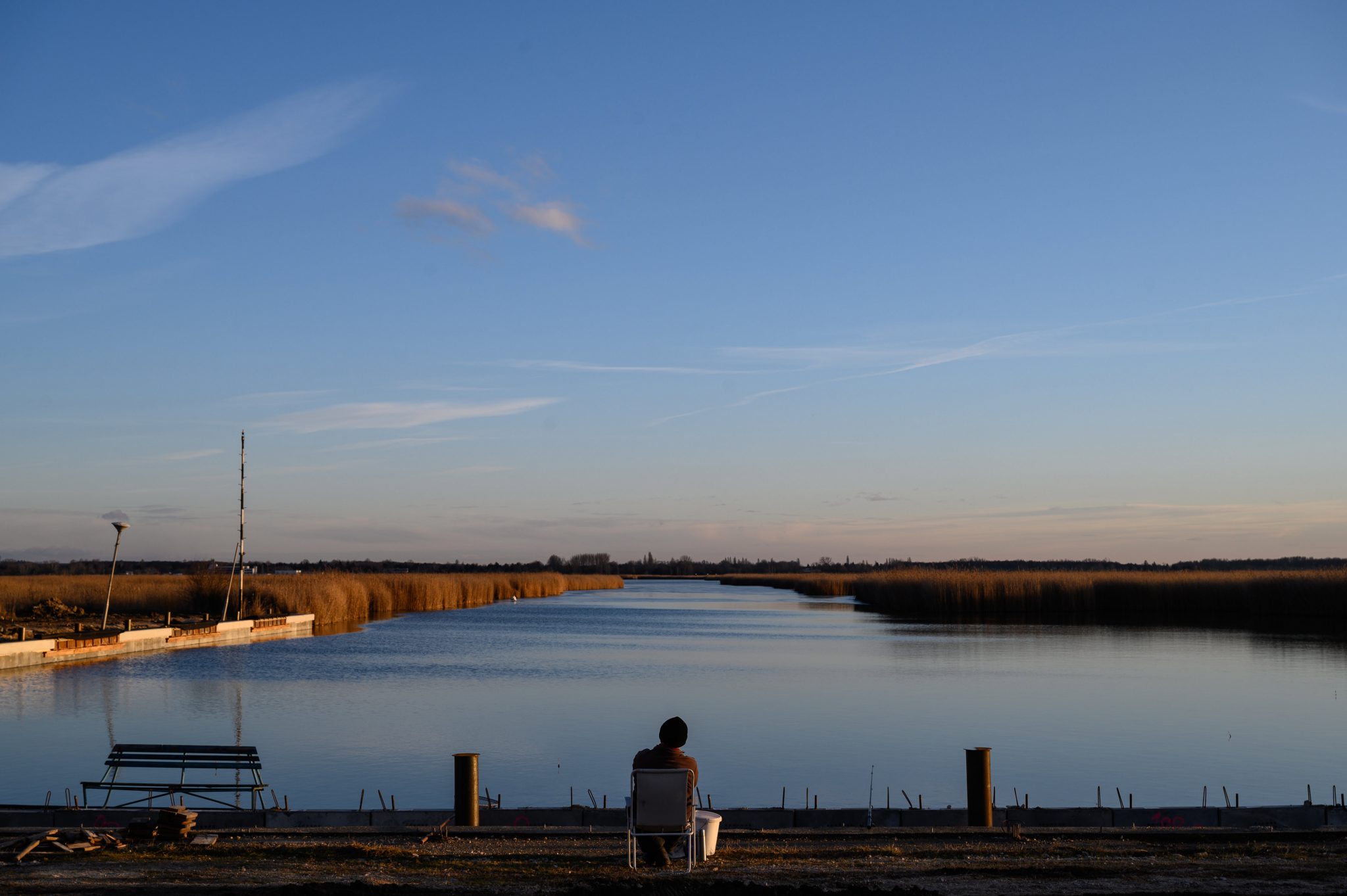
Following a huge drop in its water level, Lake Velence, the third largest natural lake in Hungary, finally seems close to rescue. After two nearby reservoirs proved unsuitable, a third one’s karst water would be used to fill the lake back up.
Heat from the second half of June basically ate up the benefits of the rainy May. This eventually resulted in the water level in June decreasing to the low it was usually at throughout August. Daily reductions in the water level range from half to one centimeter per day, making it already difficult to disembark from boat ports. The drying up of the lake has become an issue to be worried about.
The low water level hasn’t been the only problem the lake has had to face lately. It hit the news back mid-June that a considerable amount of fish were found dead in and around the lake. It soon turned out that it wasn’t some kind of poisoning to blame for the phenomenon, but a number of factors. Leading to the crisis were negative effects such as swift (some 10C in one week) rises in water temperature that also contributed to a boost in algae stock, a lack of winds, and the low water level itself.
Although by now fish mortality has stopped, water level reduction has not. Back in mid-June, Velence’s mayor said that some 90 cm of the water level was missing from the lake.
As of now, it seems that a solution has been finally found. Local lawmaker Zoltán Tessely (Fidesz) confirmed that he was in talks with the government, and put a long-term and immediate proposal on the table. After nearby reservoirs (that have been used previously for the same purpose) proved unsuitable for the job this time, a third one, the Kincsesbánya pond’s karst water, would be used to fill the lake back up, according to his plans. And only to the amount which wouldn’t endanger the water supply of nearby city, Székesfehérvár, that is similarly dependent on the reservoir.
featured image: fisherman on the shore at Pákozd; illustration via Tamás Vasvári/MTI